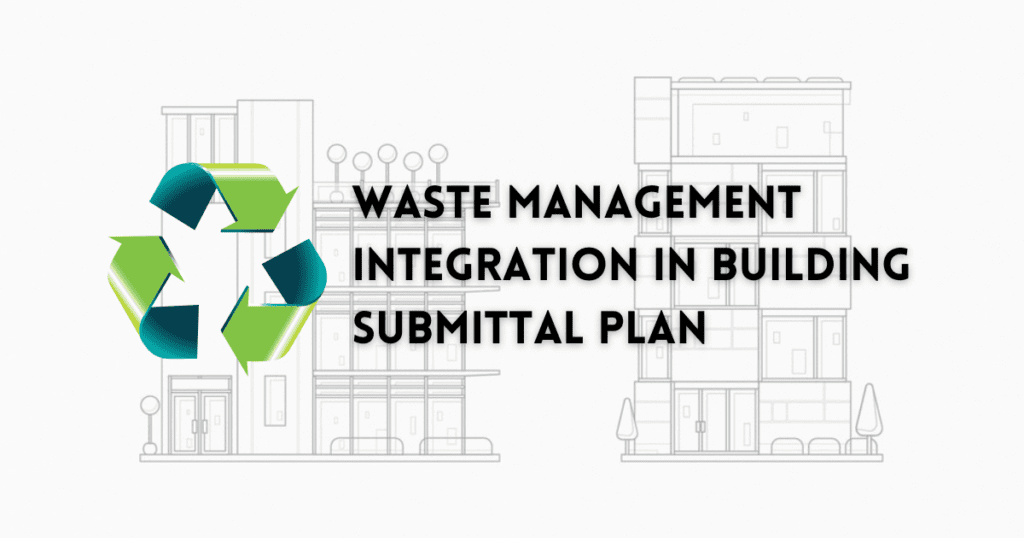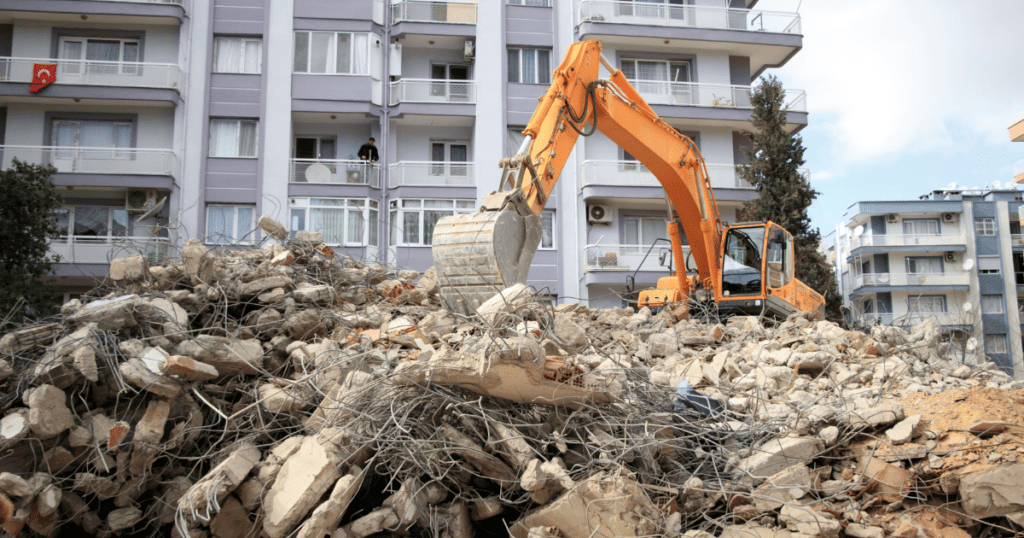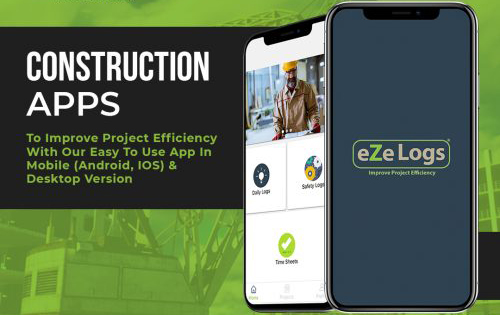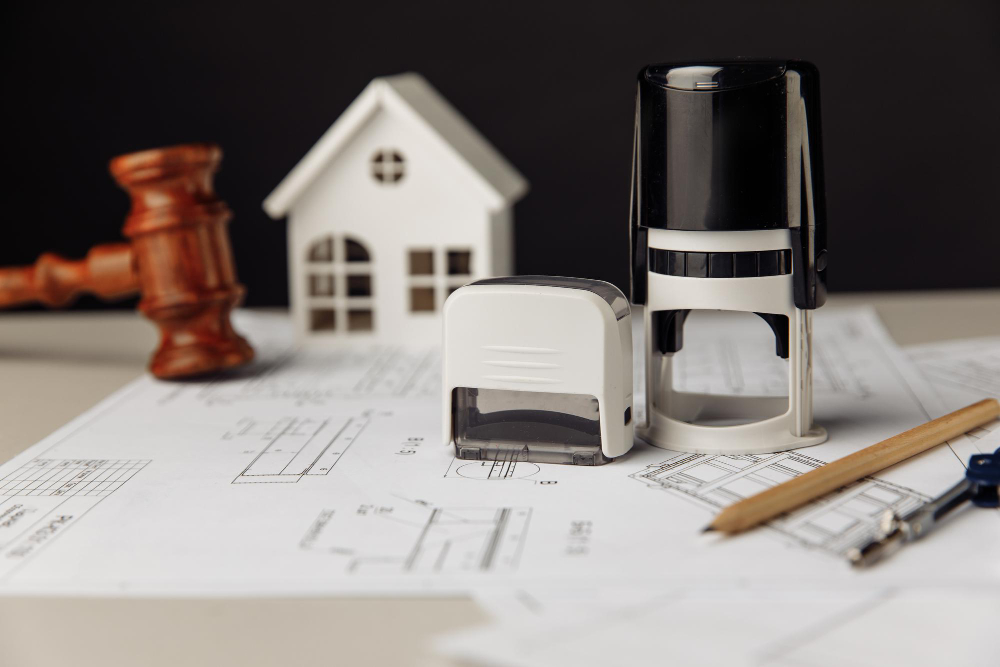Welcome to our guide on achieving sustainability through waste management integration in building submittal plans! As the world becomes more conscious of the impact of human activity on the environment, the construction industry is also looking for ways to become more sustainable. One way to do this is through LEED certification, which recognizes buildings for their sustainability and energy efficiency.

LEED, or Leadership in Energy and Environmental Design, is a globally recognized certification program that evaluates buildings based on their design, construction, and operation. The certification is awarded based on the number of credits earned in various categories such as energy and atmosphere, indoor environmental quality, and materials and resources.
An important aspect of achieving LEED certification is earning credits through different sustainability strategies and techniques. One of these strategies is waste management integration in building submittal plans. A submittal plan is a document that outlines the design and construction of your structure. It includes information on the materials, systems, and equipment to be used, as well as details on the building’s layout and design. By following the guidelines outlined in the submittal plan, you can ensure that your facility meets the requirements for LEED certification.
Waste management is a critical aspect of sustainability, and it’s an area where buildings can earn LEED credits. By implementing strategies such as reducing waste, recycling, and using sustainable materials, buildings can earn credits in the materials and resources category of the LEED certification program.
In this guide, we’ll explain the submittal process and the available credits for waste management and share some best practices for creating a comprehensive and compliant submittal plan that includes waste management strategies. By following these guidelines, you can ensure that your building meets the requirements for LEED certification and earns the maximum amount of credits possible for waste management.
Key Takeaways
- LEED certification can be earned through waste management integration in building submittal plans.
- Credits for sustainable materials, recycling, and waste reduction can be earned through submittal plan integration.
- Understanding submittal requirements and using construction management software can aid in achieving maximum credits for waste management and LEED certification.
- Construction management software can help identify opportunities to earn credits and ensure compliance with submittal requirements.
- To avoid mistakes, submittal plan should include waste management strategies and necessary information.
Use the software to manage whole submittal process
Understanding the LEED submittal requirements for waste management
Understanding the LEED submittal requirements for waste management is an important step in creating a comprehensive and compliant submittal plan that will increase your chances of earning the maximum amount of credits possible and achieving LEED certification. The LEED certification process involves submitting your building’s design and construction plans to the US Green Building Council (USGBC) for review. The USGBC will then evaluate your plans to ensure they meet the requirements for LEED certification.
When it comes to waste management, there are a variety of credits available through submittal plan integration, such as credits for sustainable materials, recycling, and waste reduction. These credits are awarded based on compliance with the submittal requirements set forth by the USGBC. The more credits you earn, the higher the level of LEED certification your building can achieve.
It’s important to thoroughly understand the submittal requirements for waste management to ensure your building meets all the necessary criteria. This includes compliance with the standards set forth by the USGBC and understanding the various credits that can be earned through submittal plan integration and how to achieve them.
To ensure compliance with the submittal requirements, construction industry professionals like project managers and contractors can use construction management software to keep track of the guidelines outlined in the submittal plan. This software can help the team to organize and track the materials, systems, and equipment to be used, as well as details on the building’s layout and design.
Furthermore, construction management software can also help in identifying opportunities to earn credits through waste management integration, highlighting energy-efficient features, and systems in your building, and tracking the credits available for submittal plan integration to ensure the building meets the compliance for those credits.
By understanding the submittal requirements for waste management and utilizing construction management software, the construction industry professionals can create a comprehensive and compliant submittal plan that will increase the chances of earning the maximum amount of credits possible and achieving LEED certification.
Best practices for waste management integration in submittal plans
When it comes to waste management integration in building submittal plans, several best practices can help increase your chances of success in earning LEED credits.

One essential best practice is identifying opportunities to earn credits through waste management integration. This can be achieved by understanding the LEED submittal requirements for waste management and identifying areas where your building can earn credits by reducing waste, recycling, and using sustainable materials.
One strategy for identifying opportunities to earn credits is conducting a waste audit, which can help identify areas where waste can be reduced or eliminated. Another method is researching the available credits for waste management and determining which ones align with your building’s current practices or where there is room for improvement.
Another critical best practice is emphasizing sustainable materials, recycling, and waste reduction in building design and construction. This can be achieved by specifying the use of recycled materials in the construction process, implementing a recycling program on the construction site, and designing the building to minimize waste.
When creating a comprehensive and compliant submittal plan, it is essential to include waste management strategies. This means including information on recycling and waste reduction plans, specifying the use of sustainable materials, and highlighting energy-efficient features and systems in the building that contribute to waste management.
Finally, construction management software can also play a vital role in waste management integration in submittal plans. The software can help to organize and track the materials, systems, and equipment to be used, as well as details on the building’s layout and design. It can also help identify opportunities to earn credits through waste management integration and track the credits available for submittal plan integration to ensure the building meets the compliance for those credits.
By following these best practices and strategies, you can ensure that your building meets the requirements for LEED certification and earns the maximum amount of credits possible through waste management integration.
Common pitfalls to avoid in the submittal plan process for waste management
When it comes to waste management integration in building submittal plans, there are several common pitfalls to avoid to ensure compliance and maximum credit earning in the Construction Industry.

One of the most common mistakes is thoroughly understanding the LEED submittal requirements for waste management. This can lead to missed opportunities for earning credits or not including all necessary information in the submittal plan.
To avoid this, it is crucial for Project Management teams to thoroughly understand the LEED submittal requirements for waste management and identify opportunities to earn credits.
Another common mistake is not emphasizing sustainable materials, recycling, and waste reduction in building design and construction. This can lead to missed opportunities for earning credits and failing to meet the requirements for LEED certification. To avoid this, it is crucial for Construction Management teams to emphasize sustainable materials, recycling, and waste reduction in building design and construction.
A third common pitfall is not including all necessary information in the submittal plan related to waste management. This can lead to missing important details about recycling and waste reduction plans, sustainable materials used, and energy-efficient features and systems contributing to waste management.
To avoid this, it is vital to create a comprehensive and compliant submittal plan that includes all necessary information related to destruction management.
A fourth common mistake is not involving all relevant parties in the submittal plan process. This includes architects, engineers, contractors, and waste management experts. Not applying to all appropriate parties can lead to missed opportunities for earning credits and not meeting the requirements for LEED certification. To avoid this, involve all relevant parties in the submittal plan process is essential, such as architects, engineers, contractors, and waste management experts.
Additionally, construction software can be a valuable tool in avoiding these common pitfalls. Construction software can help organize and track the materials, systems, and equipment used, as well as details on the building’s layout and design.
It can also help identify opportunities to earn credits through waste management integration and track the credits available for submittal plan integration to ensure the building meets the compliance for those credits.
By avoiding these common pitfalls, you can ensure compliance and maximize the credits earned through waste management integration in building submittal plans in the Construction Industry.
The Bottom line
In conclusion, integrating waste management in building submittal plans is a vital step in achieving LEED certification. By understanding the LEED submittal requirements for waste management, emphasizing sustainable materials, recycling, and waste reduction, creating a comprehensive and compliant submittal plan, involving all relevant parties, and using construction management software, you can ensure compliance and maximize the credits earned.
However, it’s essential to be aware of the common pitfalls, such as needing to understand the submittal requirements, not emphasizing sustainable materials, recycling, and waste reduction, not including all necessary information, not involving all relevant parties, and not using construction management software.
By avoiding these common mistakes, you can increase your chances of achieving LEED certification and create a more sustainable and energy-efficient building. Remember that the goal is to create a healthy and safe environment for the building’s occupants and minimize the impact on the environment. The LEED certification process is a great way to achieve this goal, and by following the best practices outlined in this guide, you can be confident that you are on the right track.


